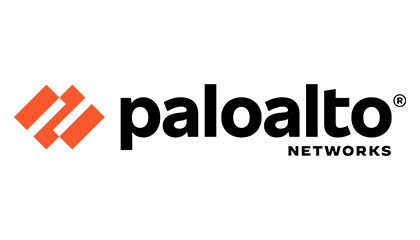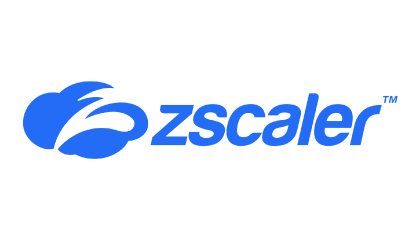Network Observability in the Age of Cloud
While observability is far from a new concept, observability in today’s enterprises that use hybrid and multi-cloud infrastructures raises the stakes.
Companies must grapple with complexity, scaling, and security challenges as their systems architecture evolve. This event will look at the challenges of managing modern infrastructures, the shortfalls of traditional monitoring, and the need to move to an observability strategy based on artificial intelligence and automation.
What Makes Network Observability Critical and Different?
The complexity of modern cloud applications makes it hard to detect problems in the making and find root cause issues that impact availability and uptime. Traditional monitoring and tracing solutions produce a glut of data and alerts that can overwhelm IT and operations staff. This keynote will discuss the growing industry trend that sees enterprises migrating from monitoring to observability and solutions that use AI to assist in managing alerts, correlating incidents, rapidly resolving problems, and proactively eliminating problems in the making.
Top Network Observability Tools & Technologies for 2024: More Than Monitoring
Monitoring tools have served IT and operations staffs well for decades. But the complexity and scale of enterprise infrastructures and applications, combined with the need for high performance and availability, require rapid assimilation of the logs, traces, and alerts monitoring tools generate. This session will discuss the role of technologies like AI that are being incorporated into observability solutions to take monitoring to new levels.
Ensure 24/7 Uptime and Reliability with Detailed Network Path Analytics for Network Operations
In today’s hybrid work environment, it’s crucial to ensure that employees can access any SaaS and IT-hosted application or service from any location or device. These experiences are often overlooked, but they are essential in ensuring that work can be completed efficiently and effectively.
This is where digital experience monitoring (DEM) comes in. DEM is purpose-built to make these technological interactions as seamless as possible for employees.
Join this session to learn how you can simplify network triaging and discover:
• How to effectively monitor end-to-end networks
• Why traditional network monitoring tools fail within secure environments
• Network path metrics from Wi-Fi to each network hop, including latency and packet loss, for every user
• Real-world troubleshooting examples demonstrating
More than Monitoring
In this discussion we will explore a framework that delves into critical components of observability: instrumentation, monitoring, debugging, and analytics, alongside typical challenges and best practices to overcome them. Additionally, it explores how Palo Alto Networks pioneers observability with AIOps, integrating AI and machine learning for proactive management and automation, thereby enhancing system reliability and efficiency.
Eliminating the Mundane: Getting the Most Out of Your Existing Staff
IT, like other fields, is in a state where enterprises are having difficulty finding, training, and retaining staff. The new generation of observability solutions on the market today offer a way to help. This session will explore how the use of AI-based observability solutions can help offload low-level monitoring tasks, speed the identification of root cause problems, prioritize alarms and alerts, and even automate incident responses in some cases.









Prizes & Interaction


30 Points
Session Views
25 Points
Zone Visits
20 Points
Chats Attended
10 Points
Resources Viewed
5 Points
vCards Exchanged


